Subscribe: Apple Podcast | Email | Spotify | Stitcher
Have you thought about how the right messy play activities can help empower your toddler to try new foods?
Are you thinking that you know all about messy play activities? Perhaps you’ve read about it or have watched YouTube videos and even given a couple of activities a go? Would you like to pick up further tips?
Let me start by sharing a couple of success stories with you.
My clients applied some of the techniques that we discussed at my London clinic and had great results.
In this blog post, you’ll learn about the power of messy play for picky eaters.
Learn how you too can unlock your child’s eating potential.
“Something resonated with my son. He tried the recipes using the techniques we discussed and it worked. He took the smallest bite but it's a start. Thank you.”
Another mum wrote to me after two weeks of trialling messy play activities. “She is doing so much better with her eating,” she said. “She actually looks better and isn't as tired. She's making an effort with meals and all in all I think we're heading in the right direction.”
Messy play activities work
If you are worried that there’s no hope for your fussy eater, then here’s a true story.
I was thinking about the time when I burst into tears. Yes, torrential tears after the midwife informed me that my baby who was under a week old had lost more weight. She was also jaundiced. Through my love struck eyes, I had assumed yellow orange was her colouring.
The fact that she was losing weight was a complete shock (me being a paediatric dietitian and all).
I even had a trip to the hospital with her that included a short stay. After the initial shock, I finally created a feeding plan to help bubba grow and gain weight appropriately.
My story
This same young lady is an 18-month-old toddler going on 18 years! Stubborn, knows her own mind and our journey with food hasn’t entirely been easy.
So, if you think that you’ve got a fussy toddler and you’re worried that they will never out grow their selective eating tendencies, try not to worry.
Today I’m going to show you how you too can empower and nurture your child to become a food explorer using messy play activities.
If my daughter listens to this podcast episode in the future, she’ll probably be really cross that I’ve shared so much about her. She has been known to spit out food, play with food instead of eating it and if you do a happy dance because you think her plate looks empty – wrong!
You’ll soon discover food all over the step and seat of the high chair and on the floor. It’s easy to give up at this point, but don’t give up. Try some of the messy play activities that I’m about to share with you and you will get results.
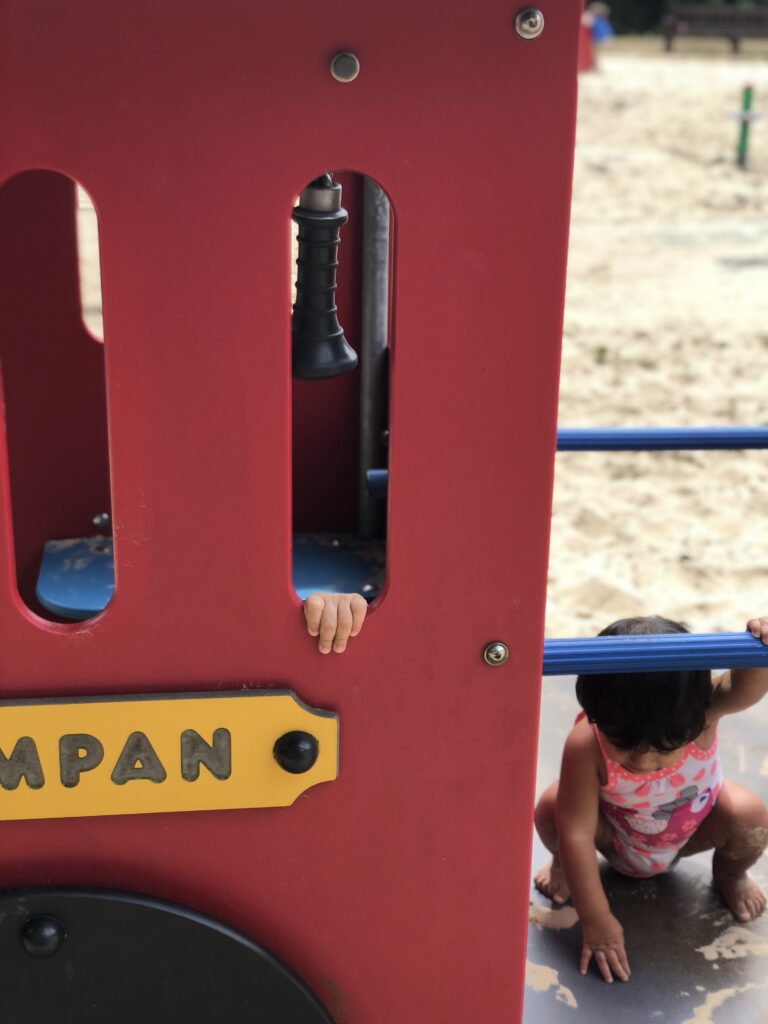
Messy play for babies
If you have a baby at home, the most important thing to remember is to engage your baby early with messy play activities. Babies who are exposed to a wide variety of flavours and textures early are more likely to accept new foods in a variety of presentations.
This will utimately minimise any fears that they may develop when presented with new or unfamiliar food, flavours and textures.
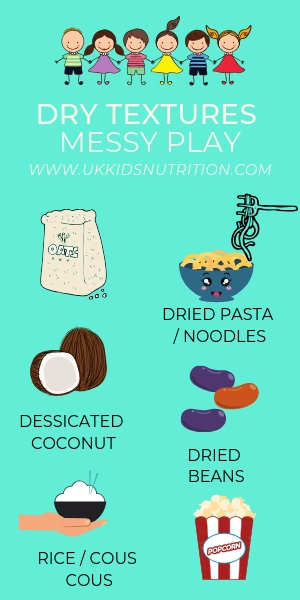
Dry textures for messy play activities
For toddlers who might be a fussy eater, start with messy play activities involving dry textures. These activities are perfect if your toddler is usually repulsed by wet textures.
Use dry foods that don’t leave a mess on their hands such as pieces of dried pasta, rice, lentils, or even pulses, which are all great options.
Encourage sorting activities with the dried pieces of food. Use food colouring for a bit of fun and ask your toddler to sort items by type, shape or by colour.
Have you got a toy kitchen? You can use it to compliment messy play activities and you could even sneak in toy vegetables. When you use toys that represent real foods, you are showing your child how food can be both safe and fun.
These activities seem simple and yet are imperative for helping your child build a positive relationship with food (without any pressure to eat).
Once your child is comfortable with dried foods you can switch to cooked pieces of food. You can offer cooked pasta, fruit and vegetables as part of the messy play activities.
Recipe books for messy play activities
Consider consolidating these activities by gawking over picture or recipe books that include a good selection of fruit and vegetables.
You don’t need to over think this, simply grab your favourite cookbook, get comfortable on the sofa with your little one and leaf look through the pictures.
Ask your child what they think of some of the pictures and whether they would like to make the green beans in a white sauce or a tomato based sauce for dinner. Notice how I’ve chosen the vegetable as a side dish but have given the child the option of selecting which accompanying sauce to prepare?
Effortless mess
Once your child is enjoying playing with dried textured foods, it’s time to move onto mess. It’s one of the questions that I get asked most often by parents who have fussy eaters. How do you incorporate mess if your child doesn’t seem to enjoy it?
Yes, I am not denying that this can seem tricky at first, but once you get into a routine it will transform the way your child eventually approaches eating.
The most important thing to remember is to lay off the pressure, maintain a relaxed environment and simply try to have fun with your toddler. It’s all about enjoying the activity and increasing your child’s confidence with different foods.
Flour as a messy play aid
An excellent way of approaching this is by using flour. It’s a common household ingredient so you are bound to have some at home.
Invite your child into the kitchen and allocate reasonably simple tasks such as measuring flour using a set of kitchen scales.
Or why not ask your toddler to help you roll out the dough if you plan to bake?
Pastry and bread are good examples for this activity, as your child gets the opportunity to visualise transformations of flour into everyday food that they enjoy eating.
Positive messy play activities
A trick to getting your child excited about this activity is by letting them know how helpful they have been. Don’t forget to thank them for their valuable help in the kitchen (even if looks upside down after your activity together).
You can also talk about transformations of food by crumbling up dried pieces of toast or a wheat biscuit. Feed this cereal to your child’s favourite doll, soft toy or figurine.
As you can see, this activity isn’t too messy. It might get messy, but don’t worry about it.
Have you thought about hosting a tea party or picnic with your toddler’s dolls and figurines? You could even practice this activity outdoors, in your garden or in the park.
It’s a valuable way of getting your child to start thinking about food in a positive light.
The next step is to move onto wet textures that don’t leave too much mess.
These activities are ideal if your child does enjoy some foods in its dried form, but needs encouragement to try it in its ‘wet’ form.
‘Soft’ messy play
For example, think about playdough and cookie cutters that come in a variety of shapes. Ask your child to shape the playdough into any shape they like using their hands. You could even make your own at home using cornflour and food colouring.
Using imagination, ask your child to build ‘pretend sandwiches’, cakes or biscuits. Eventually, start introducing the concept of nourishing foods, but do it in a way that they enjoy the activity.
If your child enjoys the activity, have fun together using ‘pretend eating’ through play. You’ll know when your child is ready to move onto the final stage where you’ll be introducing wet textures as part of these messy play activities.
Messy mess
You could build on the “let’s feed your dolly activity” by adding milk to the wheat biscuit or add yoghurt to cut up pieces of fruit. So, you’re merging textured foods here by introducing textures that have been previously accepted with a new texture that’s wet such as liquids.
This activity doesn’t need to be complicated or scary. The smallest of changes can really help increase your child’s confidence with textures.
If your child feels overwhelmed with real vegetables, why not try toy vegetables with sauces? Your child may be more comfortable with this initially. You can still demonstrate to your child what it’s like to eat that food.
You can also role model at the dining table which is another opportunity to reinforce the same messages around promoting a variety of foods. This is exactly why it’s important to eat together as a family as much as you can.
You’ll be amazed at how something as simple as a family meal seated at the table can have a positive effect. Remember to switch off electronic devices including the TV and remove iPads or mobile phones away from the table.
Your toddler needs your full attention.
If you have a baby at home do encourage them to get messy with their food whilst seated in a high chair. Your dining table and home may look look like a hurricane has visited your house, but try not to let that bother you.
You can always clean up afterwards. This is a great example of messy play activities that you can introduce to baby using real foods.
I remember when I used to wipe mess from my daughter’s hands and mouth straight away. I was obsessed about keeping her clean. I hated stains on clothing and the laundry was a never-ending chore.
Needless to say, I now know how important it is to forget about keeping chairs and white sofas sparkly clean and to just embrace the mess.
Grow vegetables
If you have a garden then research shows that children who are involved in gardening or any growing of vegetables are much more likely and willing to try new foods.
Do find that green thumb and trial growing your own vegetables. If you live in a flat or you want a simple task, another approach to this is to grow your own herbs. Basil, thyme and coriander are brilliant and your toddler can be in charge of watering the pot.
Don’t worry if you don’t have a green thumb. I certainly don’t and have managed to kill several pots.
When it’s time to cook together, ask your child to pull out the herb leaves to prepare the meal that you’ve chosen together. That’s a gentle way of getting them involved in the cooking process, particularly for children with a long history of food version.
Food pairing
Have you thought about food pairing? And by that, I mean using foods that your child usually loves to eat with a food that they are currently not enjoying. At the dining table, always have at least one food that your child enjoys eating but then consider presenting a food that would complement this favourite food.
So, for example, let’s say that your toddler loves cheese but will only eat it sliced from a hard block of cheese. If your child also enjoys pasta, get them involved by making a cheese sauce together and then encourage them to dip their pasta in the cheese sauce.
It doesn’t matter if they don’t want to use their fork or utensils. Encourage them to pick up the pasta with their fingers to dip into the sauce. This is the perfect example of messy play activities that can be practised at the table.
If that goes well you could ask them to dip cooked pieces of vegetables in the cheese sauce. Ask your child to describe what that felt like. If they are brave enough to take a bite, ask them what it tastes like, talk about the smell of the food and maintain a positive open dialogue about the entire process. Remember, there should be no pressure to eat any more than what your child is willing to eat.
If your child’s initial reaction is to say “yuck” and refuses to participate in the activity that’s okay. Continue the activities at your child’s pace and when they are ready to. Continue with the remaining messy play activities.
Summary of messy play activities
- Use dry textured foods with their favourite toys
- Next move onto dry textures that do leave a little bit of a mess, and requires them to touch and handle using their hands (flour)
- Wet textures that are not messy such as kneading dough or rolling out pasty
- Liquids such as sauces which you can prepare together
This is a step by step process, where you are gradually increasing your child’s confidence to trying a variety of textured foods. Worried about how your toddler will react?
Go at your child’s own pace and never force them to eat or try foods that they don’t feel comfortable with.
Messy play activities can seem like a nuisance at first, but it truly is a fantastic way of introducing your child to a whole new world of exciting textures and flavours.
You do need to be prepared to allocate regular slots into your weekly schedule so you will need to dedicate time and get organised.
From personal experience after implementing many of the activities described above, my youngest eventually became a food explorer.
To transform her eating, we engaged her in messy play, we cook together and involve her in different food related activities.
She now eats regularly and does enjoy eating a variety of textures.
Just the other day, she was asking me for more broccoli which was a lovely surprise.
She has her list of preferred foods and a list of foods that she doesn’t enjoy (blueberries for example much to my dismay)! But that’s OK, as long as your toddler is open and willing to try the meal that has been painstakingly prepared and served for the day, that’s perfect progress.
Let me help
Would you like to meet a children’s dietitian who has successfully helped families solve their nutrition problems from around the world?
Whether you are worried about picky eating, food allergy or need to help your child build a healthy relationship with food, I’ll help you manage these with confidence.
For bookings and enquiries email me on [email protected] or book a free initial consultation here to talk about how I can help you.
Want to master a food explorer?
Get access to my new online course on how to help your fussy eater. It’s packed with video tutorials on how you too can empower your child who may be a fussy eater.
The fussy eaters program on the other hand is a selection of e-learning from the course above, plus 1:1 time with me virtually via video consultations.
Drop me a line on [email protected] if you’d like more information.

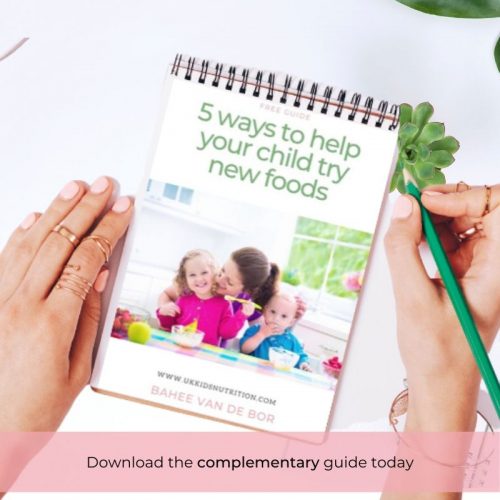

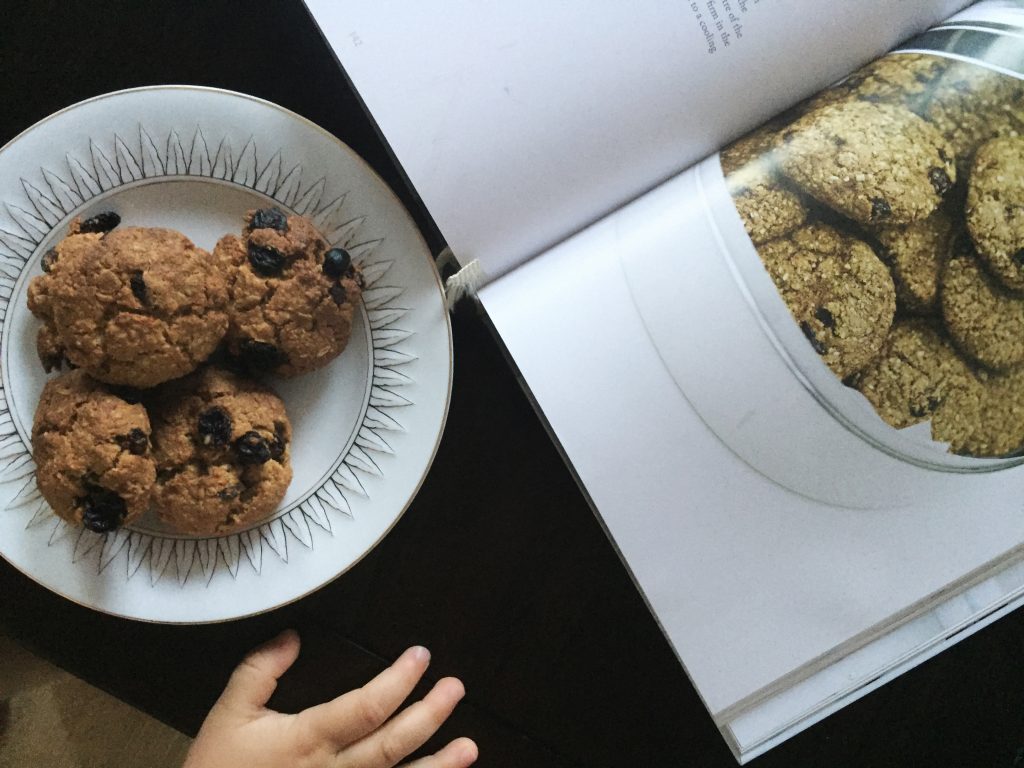
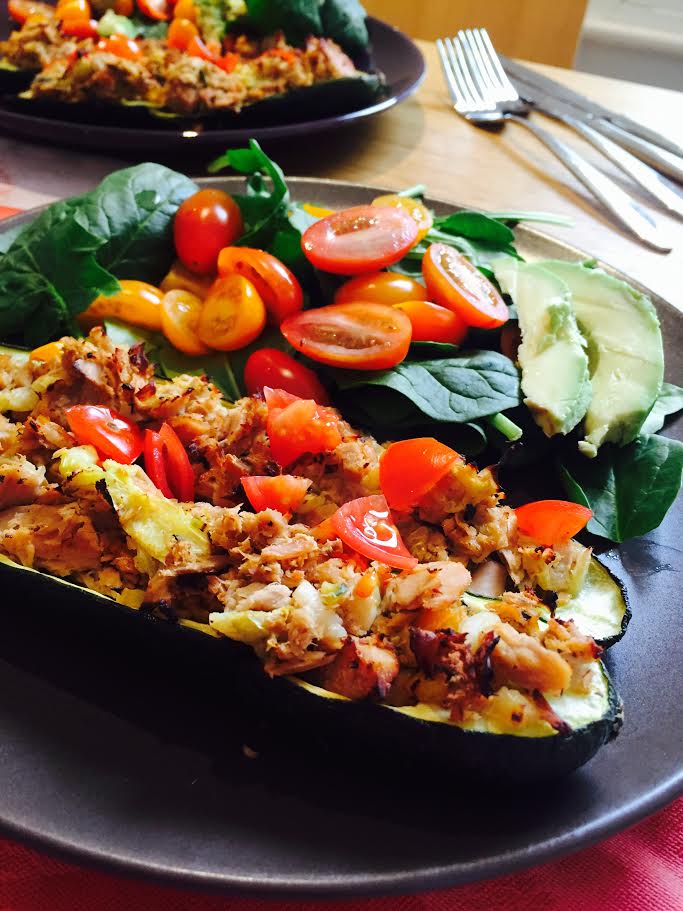
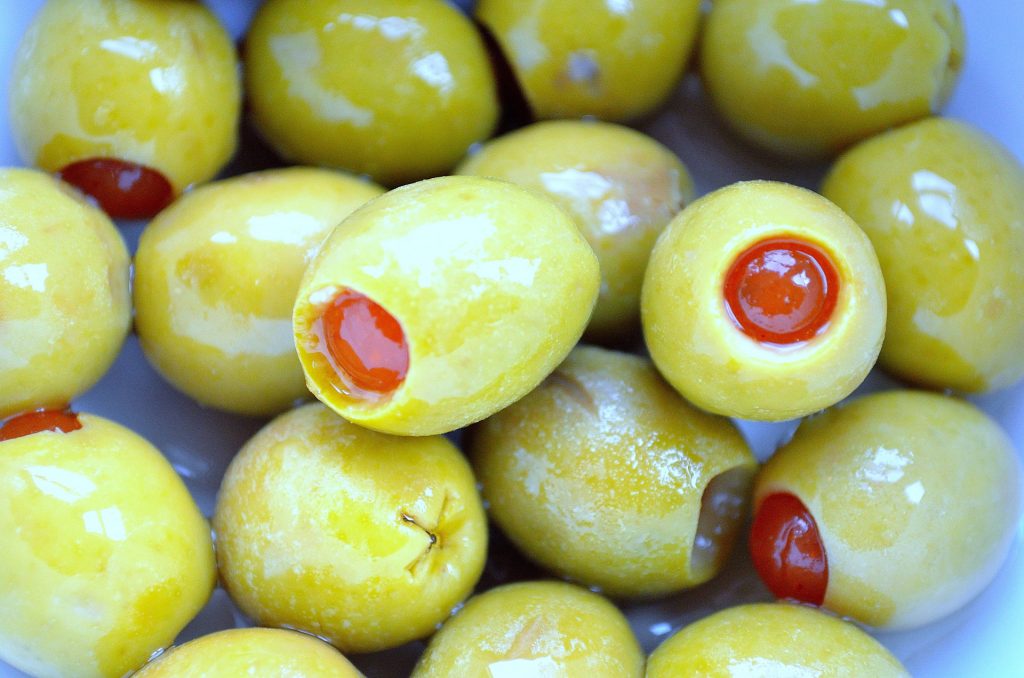


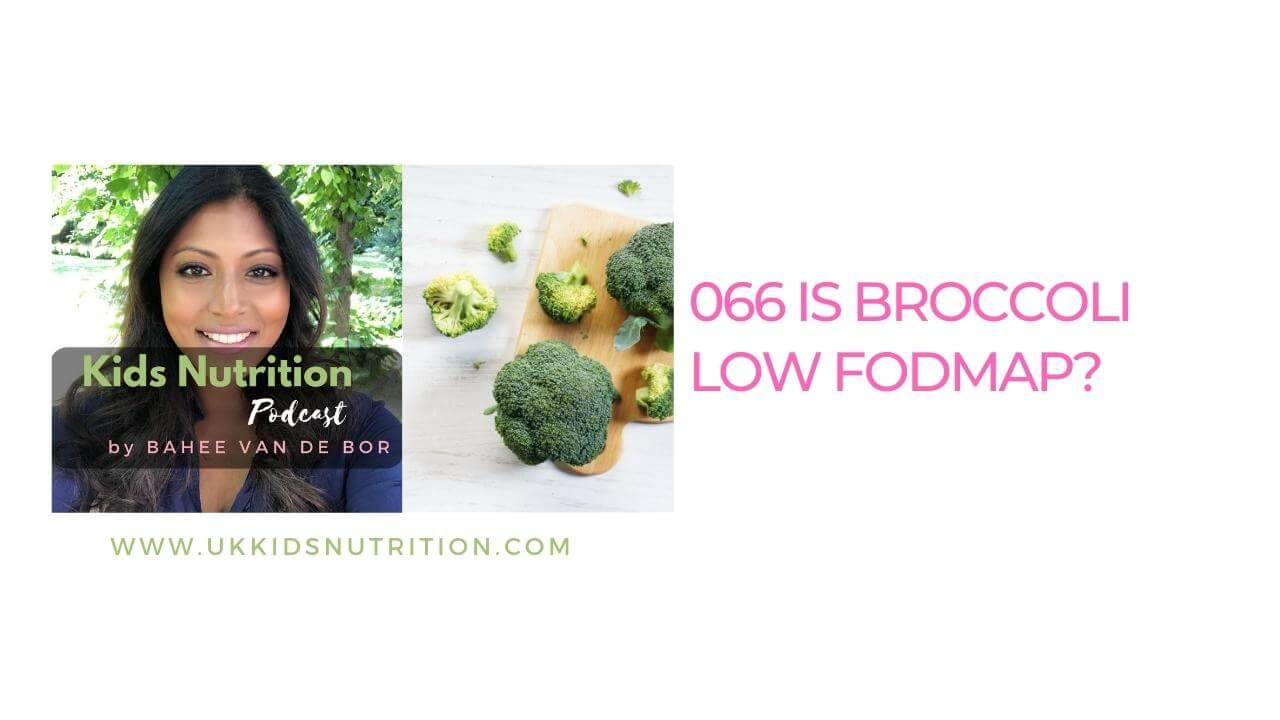
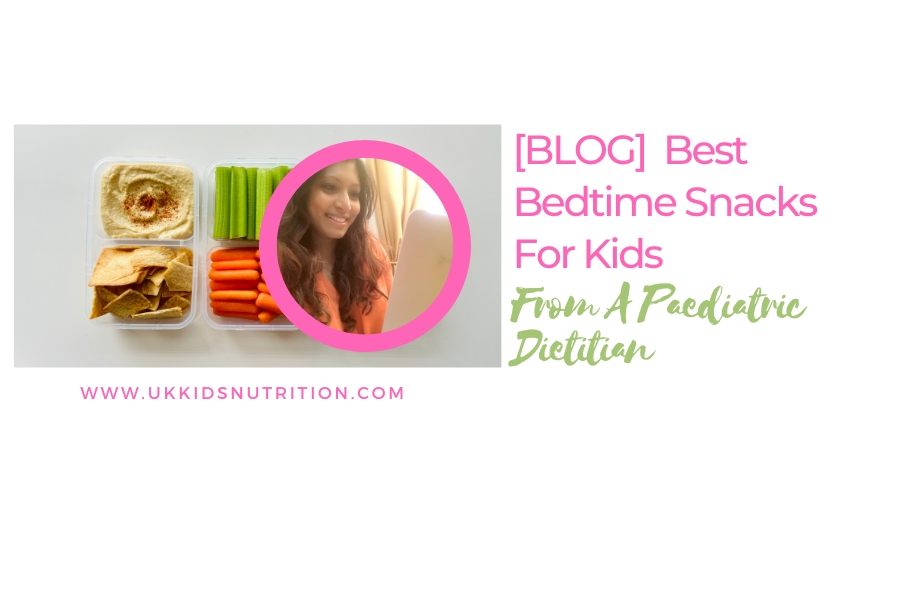
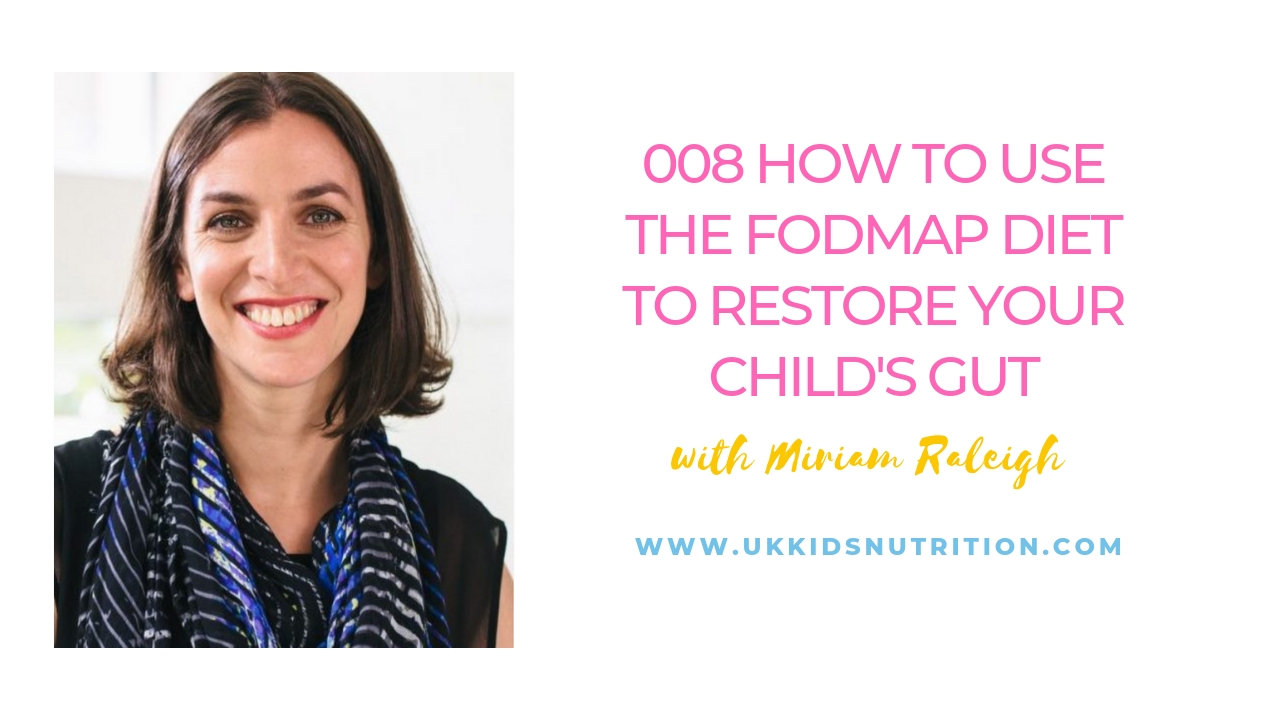
2 thoughts on “The Best Messy Play Activities To Overcome Fussy Eating”
Does this work for toddlers? 2 year old
Yes absolutely